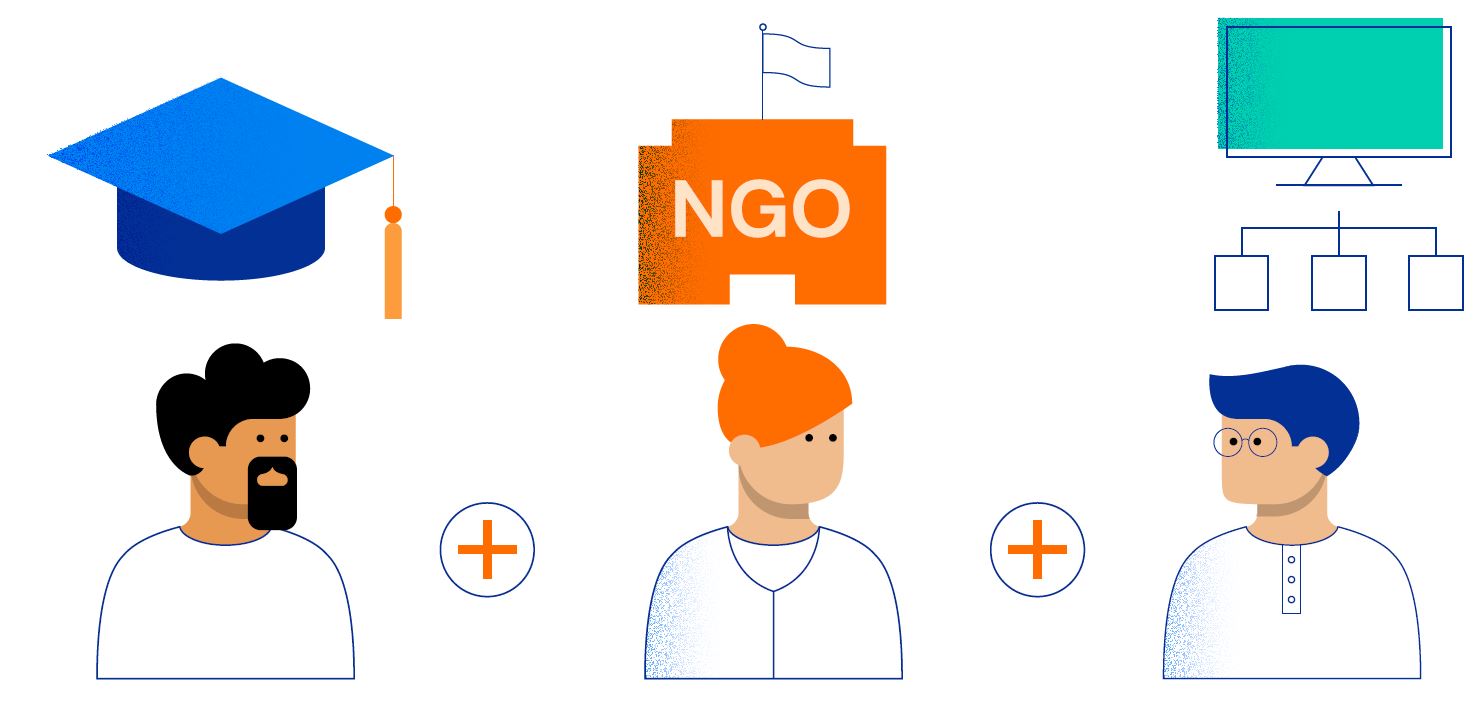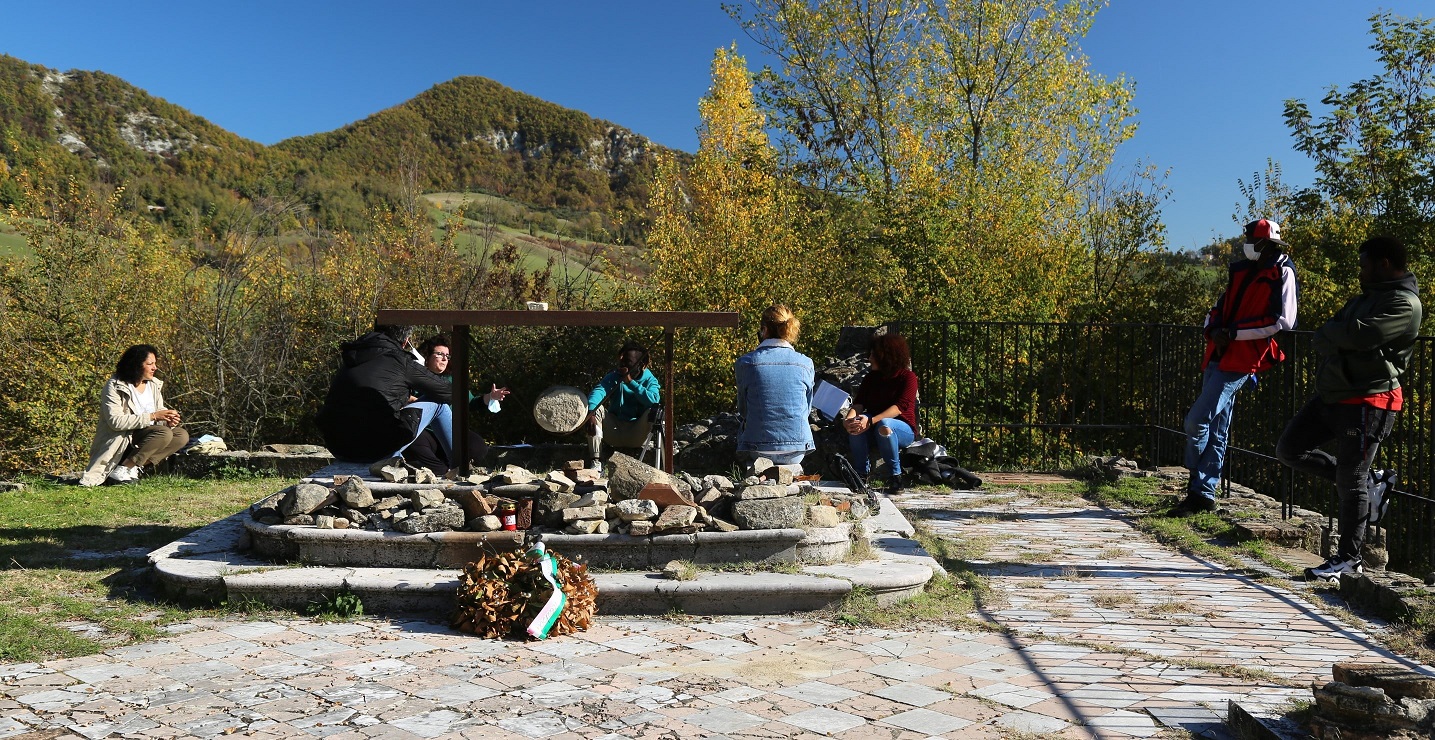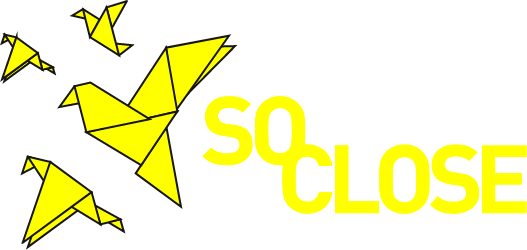We are La Tempesta: city, culture & technology, one of the technological partners of the SO-CLOSE Consortium. In this article we are writing about our mission in the project: the requirements gathering and the development of a set of Digital Cultural Heritage tools. We are going to give an overview of the three DCH tools and their development process.
What are the DCH tools?
The SO-CLOSE DCH tools are designed with user-centred features, aiming to serve the creation and sharing of new migration heritage narratives. In other words, they will offer cultural institutions, NGOs and other agents of the cultural and the migration fields, three authoring tools with their correspondent storytelling “shells”, in order to create different migration-related web-based projects.

Which are the characteristics of the DCH tools?
Specifically, La Tempesta is currently developing (WP3) the following three tools: story map, web doc and virtual exhibitions. The three tools integrate diverse storytelling formats: geography and maps, immersivity and strong visual component, customisation and contribution.
This way, a cultural institution will be able to use either of the three tools, depending on the format that best suits its storytelling needs, and enjoy all the technical and functional features that are available for each of the three SO-CLOSE tools.
The three tools share some features. These are:
- Modular content structure. Different authoring modules can be selected, shuffled and repeated to customise the tools structure.
- Accessibility features. Integrated accessibility components give access to people with functional diversity.
- Interoperable. Connection with external digital ecosystems, the MCP, to share media and grant the content’s preservation.
- Replicability. Possibility to replicate the tools multiple times to create diverse independent projects.
- Open Access. Free to use version for any cultural or educational institution, NGO and civil group focused on migration
Interactive story map Immersive web documentary
Participatory virtual exhibition
Which was the collaborative design process?
The tools design involved a multidisciplinary Consortium and external stakeholders including cultural institutions, policy makers, academics, NGO’s representatives, migrants and refugees from across Europe. The first step has been the state-of-the-art tools analysis, that was carried out by La Tempesta, and drew from digital projects of the fields of heritage and migration to distil the available storytelling formats. At the same time, during its first year, the project carried out collaborative research to collect and analyse the end-users needs and to define the tools requirements.

This year-long process was led by UAB and Monte Sole and was organised by the four cultural institutions of the project. It involved stakeholders in discussions regarding the present-day displacement experiences, Europe’s past and the potential of digital co-creation. The results of the four-countries interviews and Focus Groups were rich and diverse and offered SO-CLOSE a framework of requirements for the design of the DCH tools.

Based on the requirements collected, a 2 days co-design workshop took place, bringing together all the project’s CIs to thoroughly discuss the end-users needs as well as their own expectations from the tools and translate them into features and characteristics of the future tools. The final WP2 task was the design validation, where end-users were called to comment and enrich the tools design. This way, the tools design was a collaborative process, with inputs from different stakeholders, gathered using user-oriented methodologies.
For more information and details about the tools, check out our flyer!
Follow the SO-CLOSE blog for more news and insights, directly from the project partners!



